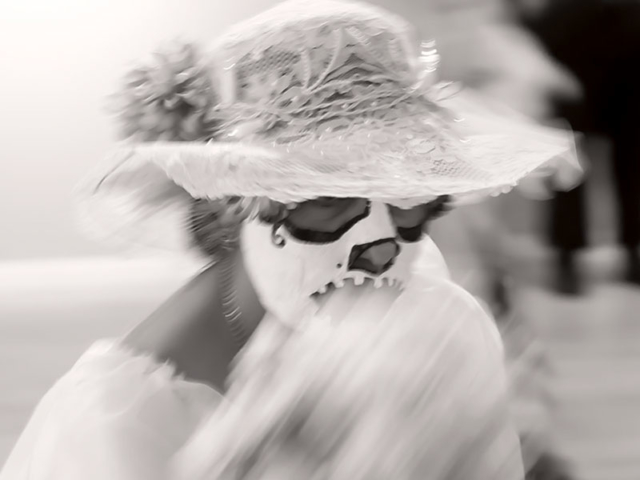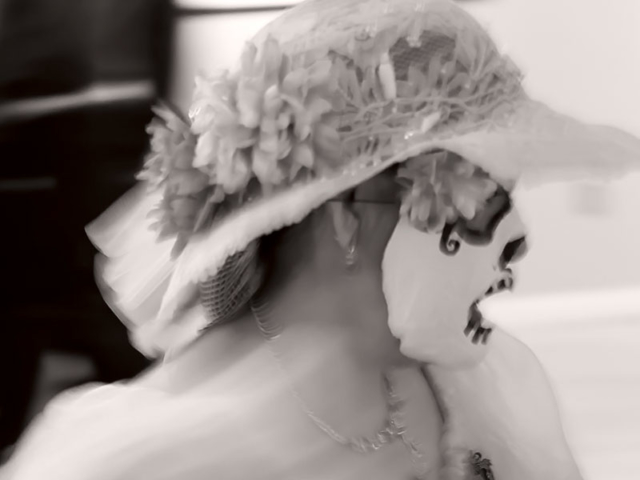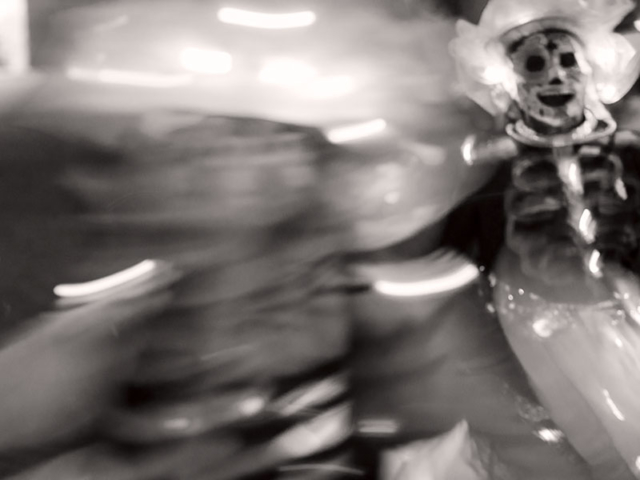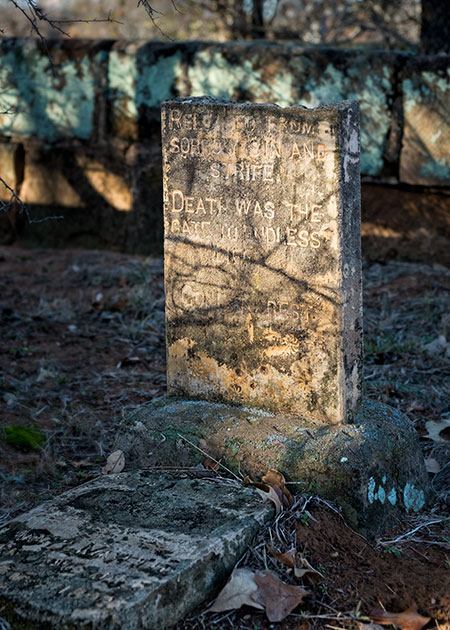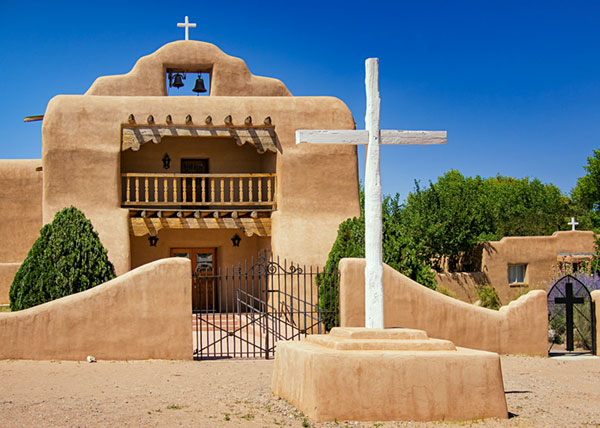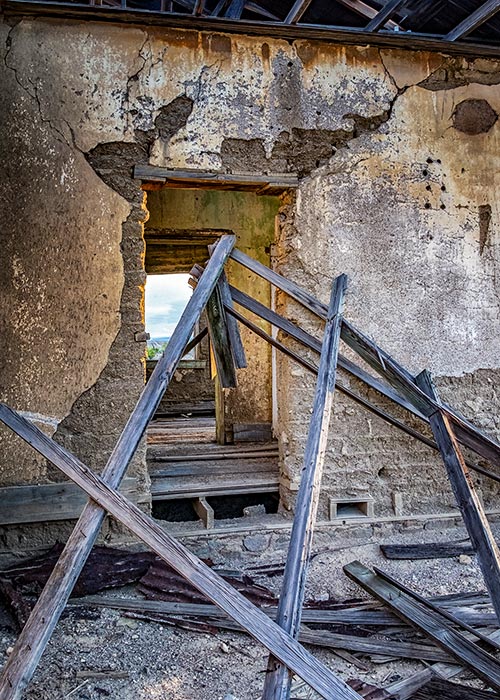
I spend as much time in the less civilized parts of Texas as I can. There is something in those places that makes me feel alive in ways that modern safe environments do not. I want to inhabit the West of my childhood imagination. That version of the West didn’t exist sixty five years ago and is even more unreal today. My imaginary world is not about cowboys but rugged individuals boldly making a stand. It is my American dream. To be clear it is a narrative of men, because it was always about men when I was a kid. Not inclusive and a little embarrassing given what I understand today. But there it is.
Of course a hundred years ago those so-called rugged individuals were dreaming of a better future for their families. They didn’t see themselves as living some ideal life of great moral courage. I don’t know whether they looked back to earlier times with nostalgia. Probably not, they had to work hard every day so no time for such nonsense.
There is risk in photographing ruins of the past. We see the remnants of former lives but not the context of those lives. Collected history can provide some of the missing pieces if it exists. The lives of common folks are small history, passed across generations by word of mouth until forgotten. A generation or two then gone forever.
Mostly we photograph the physical remains of the past in a friction free way devoid of social history . Ruins survive outside our modern context. We can imagine them in any way we wish while being mindful that our imaginings may exceed the realities of the past.

